Recently, I have been traveling a bit and for the sake of convenience, I bought the Sigma 18-50mm f2.8 zoom lens for my X-Pro3. This lens is similar in size compared to Fujifilm’s 18-55mm lens, but it has constant aperture which the Fuji lens doesn’t. The Sigma lens weighs 285 grams which is a bit lighter than the 18-55mm Fuji lens at 310 grams. The image quality may not be as good as Fujifilm’s flagship 16-55mm f2.8 lens, which is significantly heavier and bigger, even when compared to full-frame equivalents. Unless you want the highest image quality with the flexibility of a zoom lens, I do not see a compelling reason to choose the latter for travel. Moreover, when it comes to flexibility, aren’t the size and weight also a way of flexibility which is critical during travel?
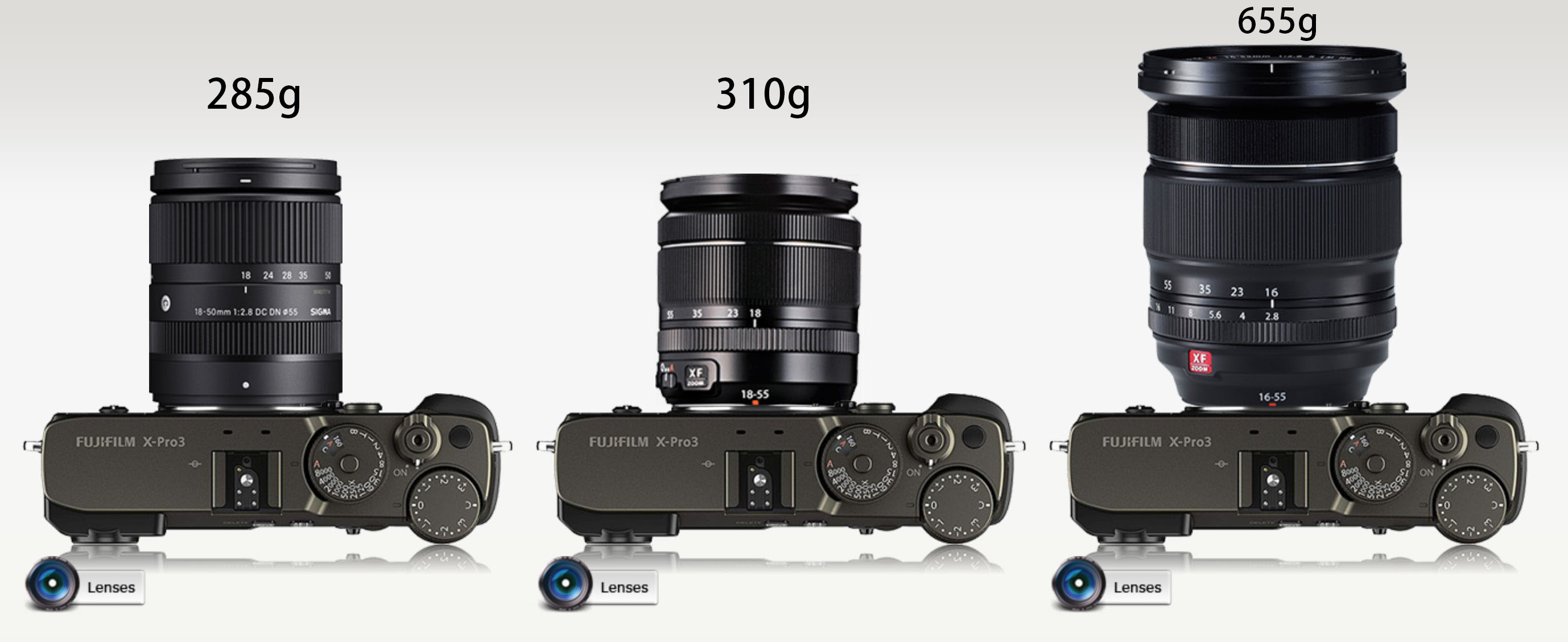
One drawback of the lens is that it does not have an aperture ring, which means that you have to use the camera to adjust its aperture. This can be a challenge, particularly if you are not familiar with how it works, especially on the X-Pro3. Additionally, the lens is not weather-sealed and does not have OIS, which may not be ideal in term of tech spec, but in practice, it is not a major issue. When traveling, your primary concern is your own well-being, so weather-sealing may not be a top priority on a rainy day. Similarly, you do not need OIS on a bright sunny day. If you need OIS, this lens may not be the right choice for you.
When it comes to build quality, the lens is mostly made of plastic. However, this is not necessarily a negative feature as it helps to reduce the weight and probably price as well.
In term of image quality, since Fujifilm uses X-Trans sensor on some of its models, including my X-Pro3, the result can vary depending on the software used for post-processing. I use the free version of Capture One, and I find it to be good enough for my needs. If you want to test the quality of the RAWs yourself, you can download them from the provided link.
It’s important to note that my review is based on my personal experience using the lens during my trip, and I’m not into technical terminologies. Therefore, my testing may not be scientifically accurate, and I did not use F2.8 in bright sunlight.
During my trip, I found myself mostly exclusively use the wide and tele ends of the lens, for which I could simply use two cameras with two primes because for a long trip I usually carry a backup camera anyway, and the bonus of using two cameras is that you get higher image quality from primes.
Nontheless, the Sigma 18-50mm lens is a noteworthy zoom lens for X mount which doesn’t have an exact replacement for its light weight, compactness and constant aperture. The image quality is good enough for travel photography. While I do not have any particular issues with the lens, it is not one that I would choose to use on a regular basis. This is mainly because I am accustomed to using primes and adjusting my position to compose the shot.
Scene 1 (18mm):

RAW Variations: 18mm f2.8 | 18mm f5.6
Scene 1 (50mm):

RAW Variations: 50mm f2.8 | 50mm f5.6
Scene 2 (18mm):

RAW Variations: 18mm f5.6
Scene 2 (50mm):

RAW Variations: 50mm f5.6
Scene 3 (18mm):

RAW Variations: 18mm f5.6
Scene 3 (50mm):
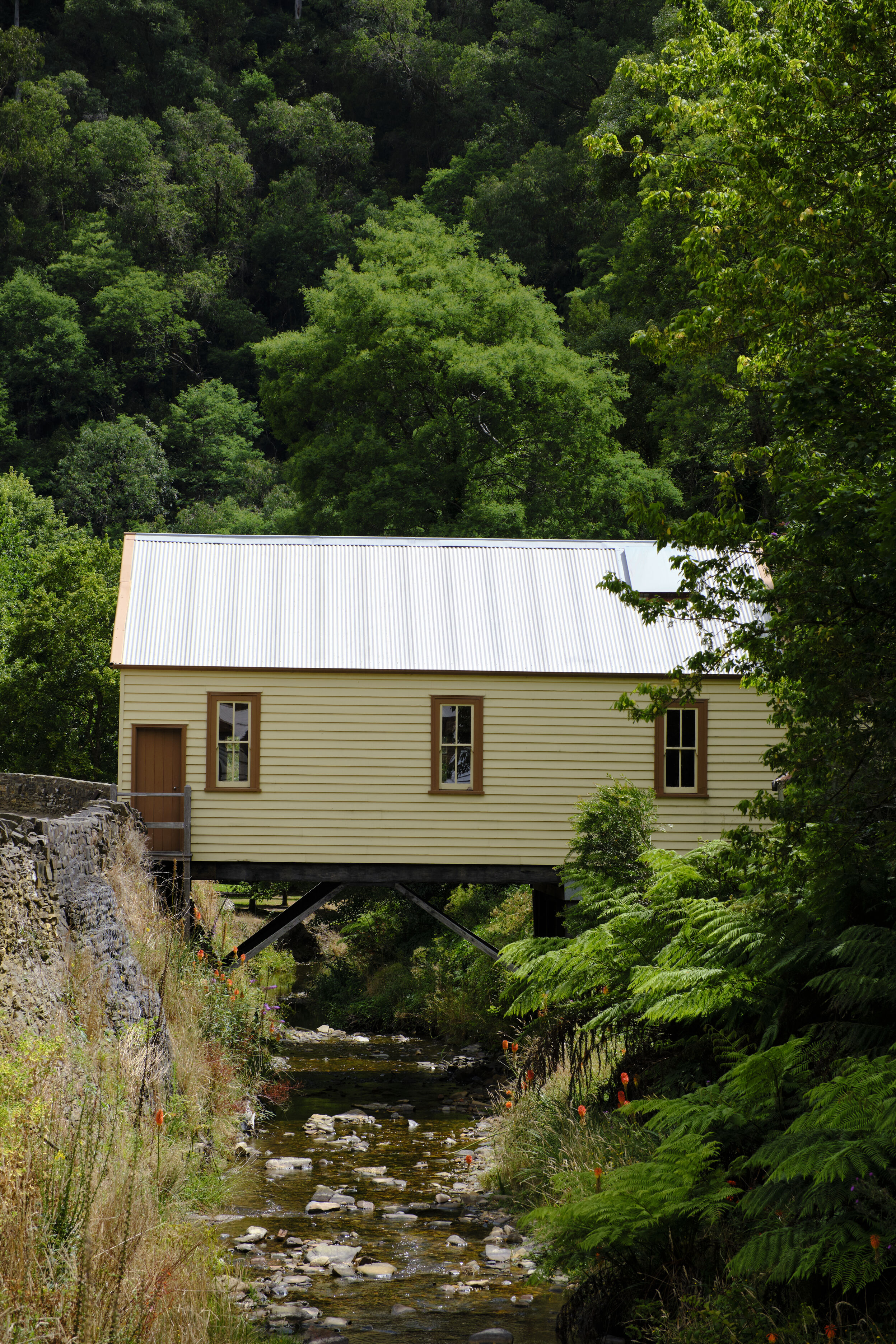
RAW Variations: 50mm f5.6
Scene 4 (18mm):

RAW Variations: 18mm f8
Scene 4 (50mm):
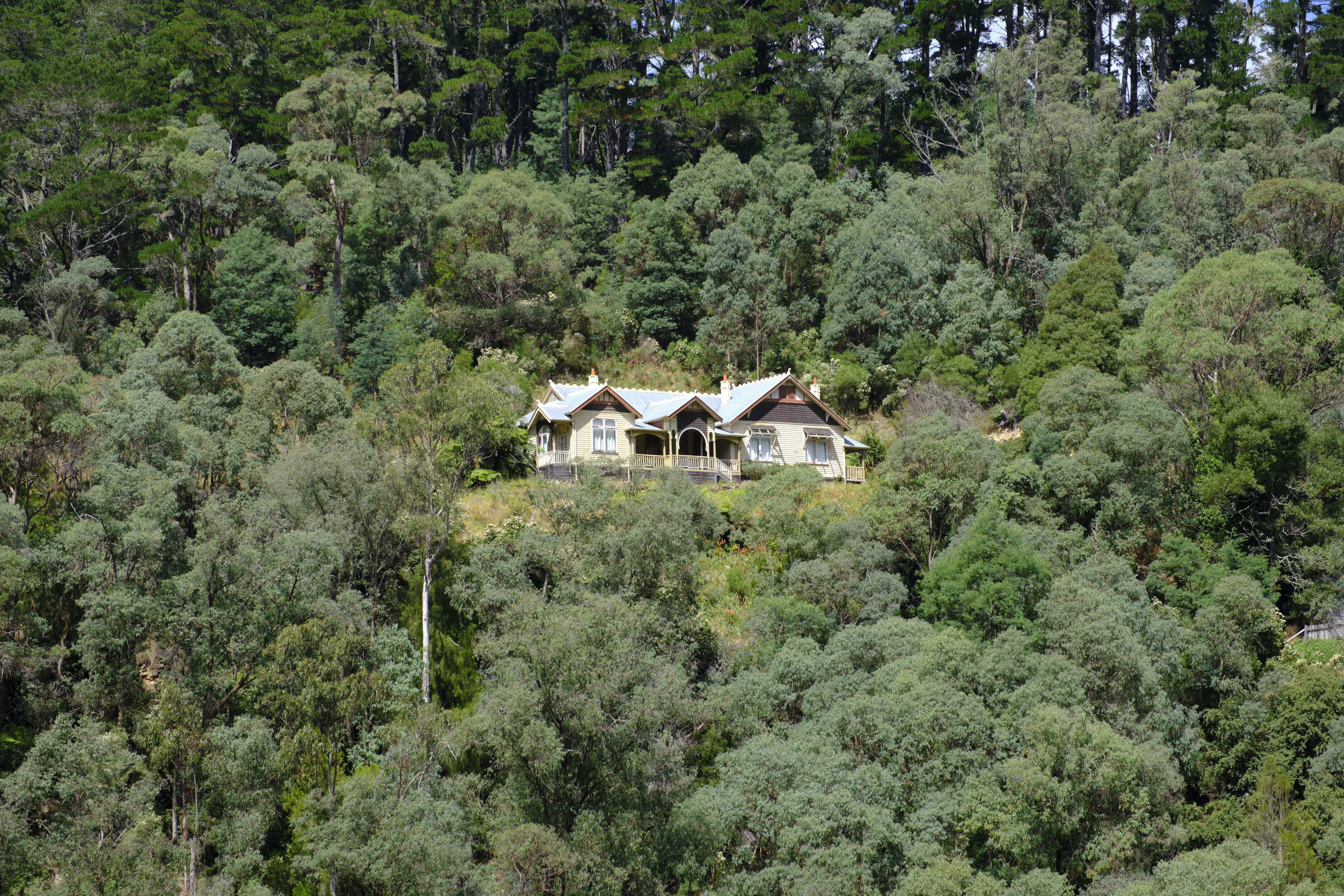
RAW Variations: 50mm f8
Scene 5 (18mm):
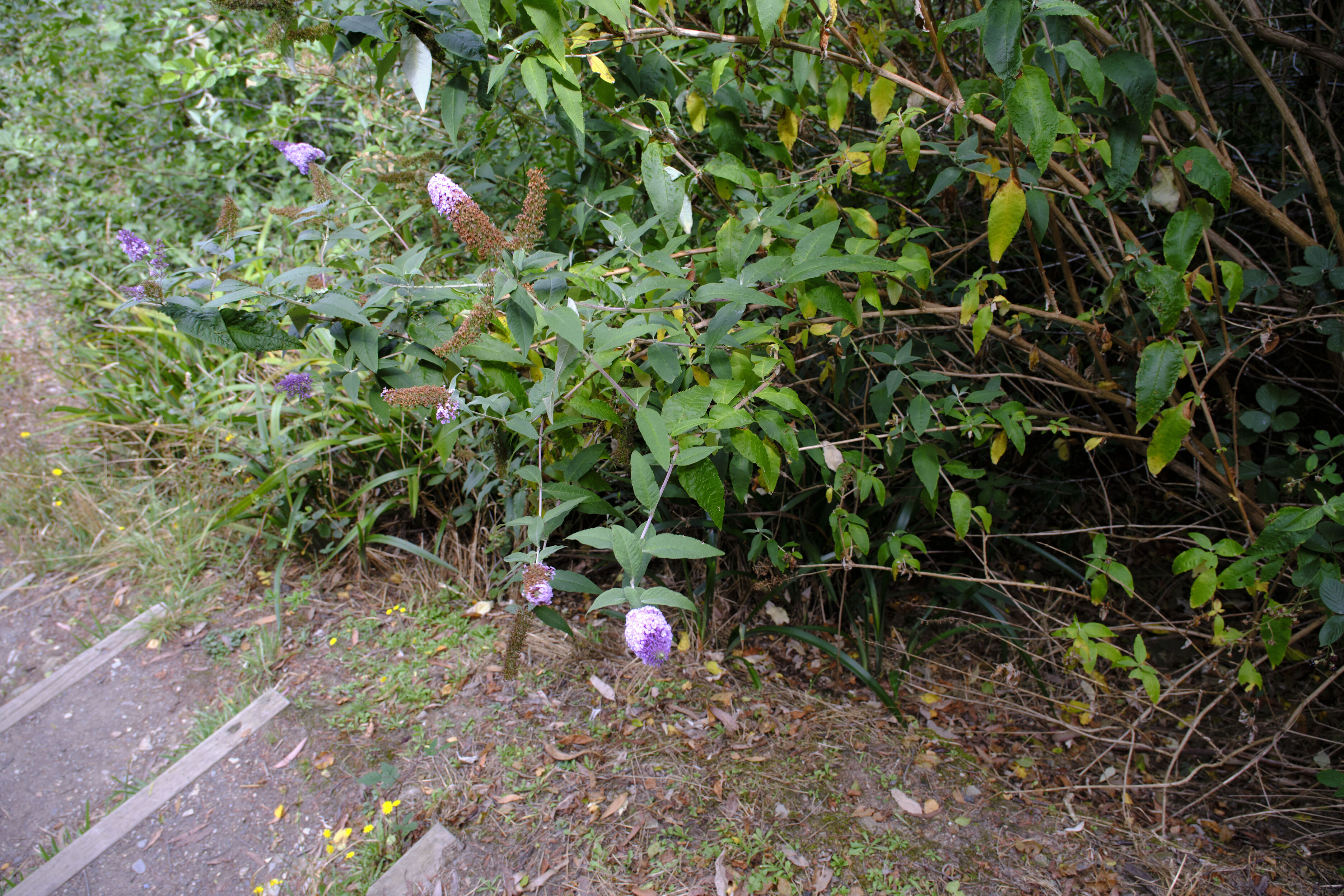
RAW Variations: 18mm f4
Scene 5 (50mm):
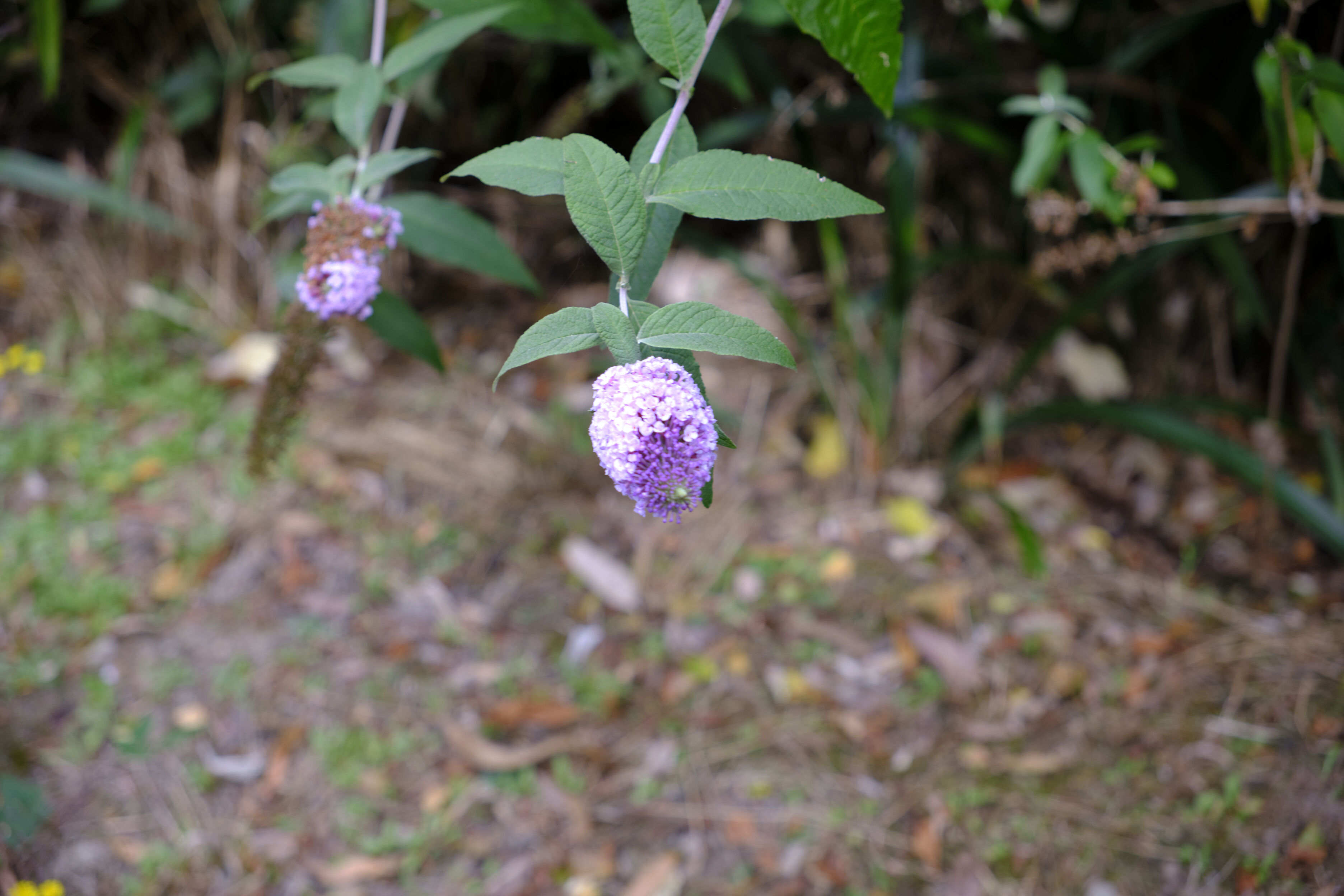
RAW Variations: 50mm f4